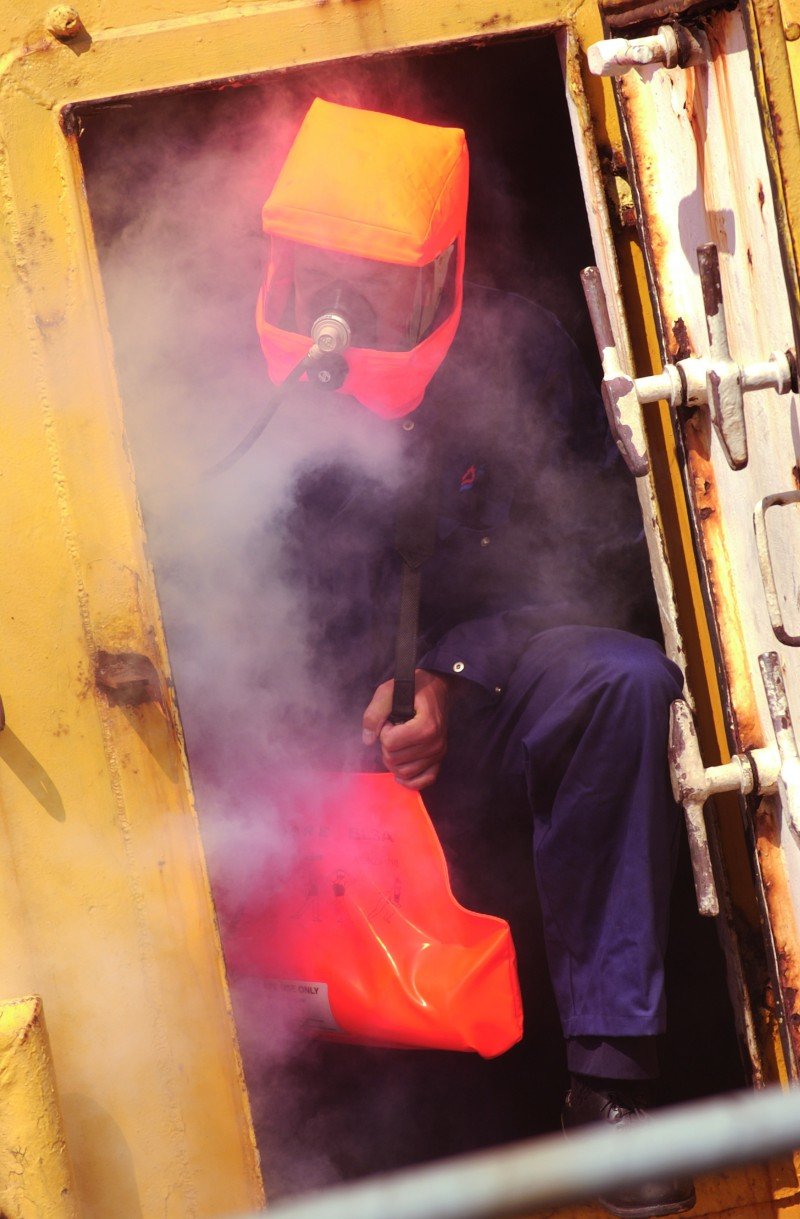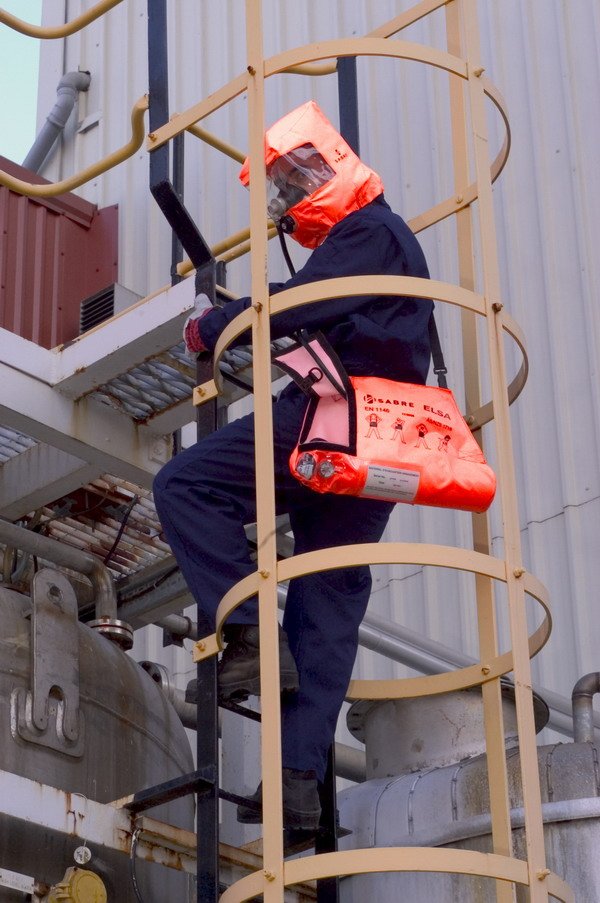Managing hazards in the offshore oil and gas industry
 By Tony Pickett
By Tony Pickett
Health and safety is an important part of any business, but particularly so in the offshore sector, which is classed as a major hazards industry. Common workplace hazards include exposure to heat and flame, contact with harmful substances and dealing with hydrocarbon releases. Often, workers must also work in difficult conditions such as confined spaces and contaminated environments – both of which could prove life threatening if proper training and equipment is not provided.
The Health and Safety Executive’s offshore safety statistics bulletin for 2012/13 shows that whilst no fatalities occurred in this period, 47 major injuries were reported in the industry – an increase of 11 on the previous year. [1] Whilst the zero fatalities statistic is undoubtedly a fantastic achievement, there is clearly still more to be done to help reduce the number of major injuries that are occurring on site. Raising the awareness of industry hazards is vital to this process and this article will help employers identify some of the common workplace risks and what personal protective equipment (PPE) is required to help keep workers safe.
Confined Space
One of the most hazardous situations occurs when crew are required to enter a confined space.
The dangers arise because of a number of factors: a lack of oxygen, poisonous gas, fume or vapour build up or entering the space unexpectedly; liquids and solids that can suddenly fill the space or release gases; fire and explosions; residues left in tanks or vessels; high concentrations of dust and hot conditions. Over 60 per cent of the workers who die in confined spaces are attempting to rescue other workers who have got into difficulty themselves. [2]
 Before entering a confined space the atmosphere of the space must be tested using suitable instruments, ideally a multi-gas monitor that will test for the presence of oxygen, hydrocarbons, carbon monoxide and hydrogen sulphide. If the atmosphere proves hazardous, then SCBA (Self Contained Breathing Apparatus) will be required. Even if the atmosphere is deemed to be safe, an escape set such as Scott’s renowned ELSA (Emergency Life Support Apparatus), must be provided in case the situation suddenly deteriorates and the atmosphere becomes irrespirable. The ELSA provides 10 or 15 minutes supply of air allowing the wearer to make an emergency escape from a hazardous atmosphere. It is important to point out that an escape set like the ELSA is only designed to enable escape from a hazardous situation and not as a means to enable entry.
Before entering a confined space the atmosphere of the space must be tested using suitable instruments, ideally a multi-gas monitor that will test for the presence of oxygen, hydrocarbons, carbon monoxide and hydrogen sulphide. If the atmosphere proves hazardous, then SCBA (Self Contained Breathing Apparatus) will be required. Even if the atmosphere is deemed to be safe, an escape set such as Scott’s renowned ELSA (Emergency Life Support Apparatus), must be provided in case the situation suddenly deteriorates and the atmosphere becomes irrespirable. The ELSA provides 10 or 15 minutes supply of air allowing the wearer to make an emergency escape from a hazardous atmosphere. It is important to point out that an escape set like the ELSA is only designed to enable escape from a hazardous situation and not as a means to enable entry.
Hydrocarbon Releases
Hydrocarbon releases are often the precursor to major incidents and in 2012/13, hydrocarbons accounted for 26.8 per cent of all dangerous occurrences that were reported. In liquid form, hydrocarbons can create slippery and dangerous surfaces and in gas form they are equally hazardous, with the main danger being accidental ignition that results in an explosion.
Fire
Fire remains one of the most serious risks facing offshore crews and is one of the most feared maritime events. When faced with a fire, possibly miles away from the nearest port or rescue services, a crew will have to deal with the emergency themselves. Ensuring that oil rigs are properly equipped for fire detection, prevention, fire-fighting and rescue is an important part of any crew’s responsibilities.
Unlike the rudimentary smoke detector, the latest fire detection equipment uses infra-red rays combined with CCTV to automatically identify flame incidents and pin point the location on a video image. This information allows crews to quickly verify the alarm and implement the necessary preventative actions. In the instances where crews are required to fight fires, EN 137:2006 Type 2 approved SCBA sets must be worn, together with flame resistant clothing, gloves, footwear and head and face protection. To ensure that equipment is still fit for use, all respiratory and personal protective equipment should be regularly checked and maintained and used in accordance with the manufacturer’s guidelines.
Emergency Planning
Preparing to deal successfully with any emergency situation requires careful planning and training. All personnel on board need to know how to behave in an emergency and those responsible for carrying out life saving tasks must be familiar with the equipment they need and know how to use it safely and effectively.
By assessing the risks, understanding the hazards and ensuring the right PPE is provided, employers will play a large part in decreasing the number of major accidents that take place within this high risk industry.
For more information on personal protective equipment and safety devices for the oil and gas industry, please visit www.scottsafety.com.
References:
1 http://www.hse.gov.uk/offshore/statistics/hsr1213.pdf
2 http://www.iosh.co.uk/pdf/Andy%20Bagworth%20-%20Confined%20Spaces.pdf
Managing hazards in the offshore oil and gas industry
By Tony Pickett Health and safety is an important part of any business, but particularly so in the offshore sector,
Safety & Health Practitioner
SHP - Health and Safety News, Legislation, PPE, CPD and Resources Related Topics
Housing company fined more than £500k after worker suffers burns
Company fined as worker has leg amputated
Aviation company fined after worker death at Heathrow Airport


